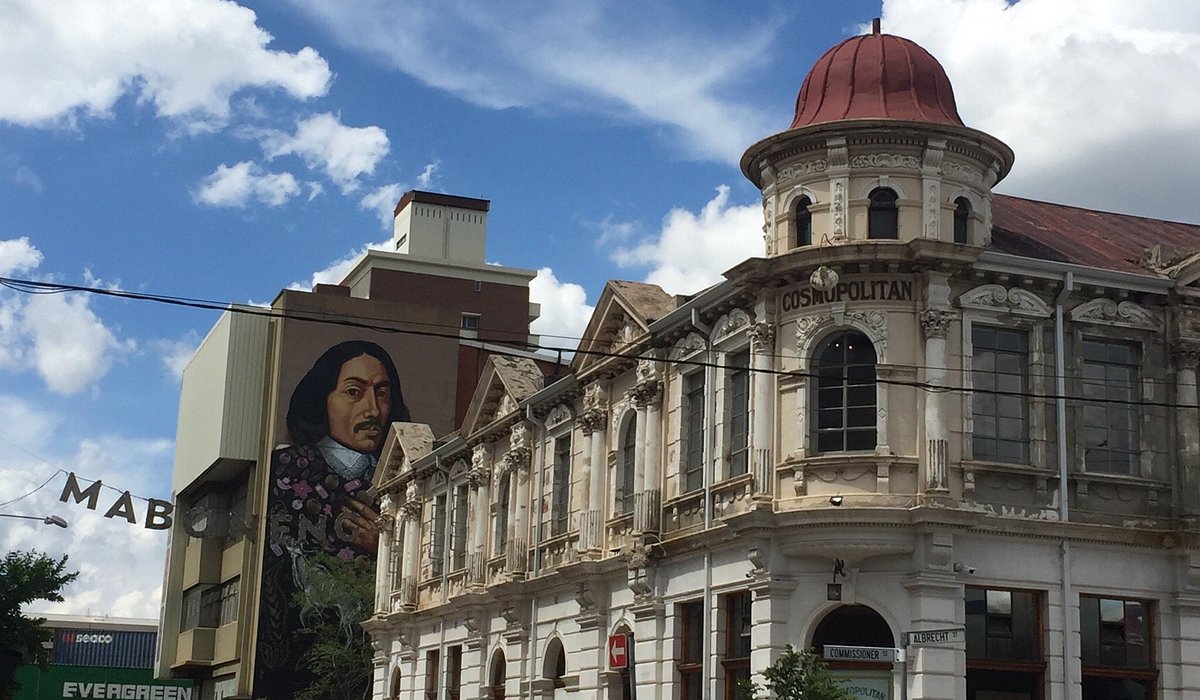Get This Report about Johannesburg North Attractions
Get This Report about Johannesburg North Attractions
Blog Article
What Does Johannesburg North Attractions Do?
Table of ContentsThe 8-Minute Rule for Johannesburg North AttractionsTop Guidelines Of Johannesburg North AttractionsJohannesburg North Attractions for DummiesThe smart Trick of Johannesburg North Attractions That Nobody is Talking About4 Simple Techniques For Johannesburg North AttractionsThe Ultimate Guide To Johannesburg North Attractions
The city owes its area to the existence of an also a lot more valuable resource: gold. The city grew on the side of the Witwatersrand Main Coral reef, a below ground stratum of gold-bearing quartz-silica corporation that arcs for hundreds of miles under the Highveld. A lot of the gold mines in the city ceased operation in the 1970s, but in its day the Witwatersrand gold market represented even more than 40 percent of the world's yearly gold manufacturing.Johannesburg has a pleasant climate. The city appreciates regarding 8 hours of sunshine per day in both winter months and summer.
What rainfall the city gets drops nearly specifically in the summertime, commonly in magnificent late-afternoon electrical storms. Air contamination postures a considerable problem, specifically in the cold weather, when thermal inversions hamper the westward circulation of air from the Indian Sea. Contamination is most severe in the largely worked out Black territories on the city's periphery, where lots of homeowners still depend on coal for gas.

The Only Guide for Johannesburg North Attractions
The equilibrium of the city is inhabited by whites. Accommodation differs in personality and high quality. Soweto is notorious for its countless rows of municipally developed, two-room matchbox homes, yet it also has a few flourishing enclaves in addition to bursting squatter camps, where tens of thousands live without water, electrical energy, or cleanliness facilities.
Physical growth, although rather limited by transport, continued rapidly as immigration to South Africa, and Johannesburg particularly, enhanced drastically. This trouble was resolved in the 1930s when the auto was presented in automation to South Africa. Vehicles were, for the many component, restricted to the wealthy, and allowed them to move to the north of the city and commute right into the centre.
A lot of bad suburban areas were combined, with bad blacks and whites cohabiting, although the rich residential areas were normally booked for whites. This changed with the election of the National Celebration in the 1948 political elections, who began to formalise the system understood as racism. Racism officially assigned which suburbs each race can live in under the Team Areas Act.
The estimated population of the region is 200,000, [] however the number of people staying in the internal city on an informal basis is unknown, as lots of are illegal aliens. Most higher-income homeowners and white people have relocated to the north residential areas and have been replaced by lower-income black people. The joblessness, education and learning, and age accounts of the area are all unidentified, because of the difficulty of acquiring trusted information concerning the area.
Unknown Facts About Johannesburg North Attractions
Yeoville and Bellevue have a mix of apartment and solitary household systems on little whole lots. The area is situated on a mountainous divide that ranges from eastern to west. The most noticeable geographical feature is Observatory Ridge, which is called for the big observatory located on it. The leisure spaces are no much longer utilized, as a result of safety troubles.

Johannesburg Stadium, a training school for both the Golden Lions and Orlando Pirates, is nearby. The eastern suburban areas of Johannesburg lie in the city's 7th [] and 9th [] areas. The area is additionally functionally incorporated with East Rand boundary communities beyond the official limit of Johannesburg, such as go to website Bedfordview and Edenvale (both component of Ekurhuleni Metropolitan Municipality).
The Facts About Johannesburg North Attractions Revealed
The eastern suburban areas are some of the earliest areas of Johannesburg, there are huge areas of Jewish and various other European backgrounds, the bulk of the population is English speaking. There are three golf courses as well as a number of protected ridges with viewsites.
The area is mainly made up of old "matchbox" residences, or four-room houses constructed by the imp source federal government, that were built to offer affordable accommodation for black employees during racism. Soweto is an abbreviation, representing "South Western Townships". Street after road in this field is lined with matchboxes; nonetheless, there are a couple of smaller sized locations where prosperous Sowetans have actually developed residences that are more comparable in stature with those in more wealthy suburban areas.
Hostels are one more prominent physical function of Soweto. Initially developed to house male migrant workers, many have been improved as dwellings for couples and families. The N1 Western Bypass skirts the eastern limit of Soweto. The suburban area was not traditionally permitted to create employment centres within the location, so nearly all of its citizens are commuters to other components of the city.
The Only Guide to Johannesburg North Attractions
The household locations in the north residential areas are mainly formal, with no considerable locations of informal real estate, or housing that lacks a permanent framework. This is a well-known area, there is a pattern of land usage change from property to industrial, especially along major home arterial roadways and around recognized nodes.
Roadways to the eastern and west are much less well developed, as there are no highways taking a trip in that instructions. Towards the north boundary of the city, the density of advancement reduces, leaving large locations of undeveloped land around Midrand.
Everything about Johannesburg North Attractions
The very first suburb to the north of the central city is Parktown, which lies on a hillside neglecting the internal city and Hillbrow. It has lots of well-off locals and Edwardian-style mansions, in addition to the Education and learning and Clinical schools of the College of the Witwatersrand. The huge concrete Charlotte Maxeke Johannesburg Academic Medical Facility controls the sky line of Parktown.
Report this page